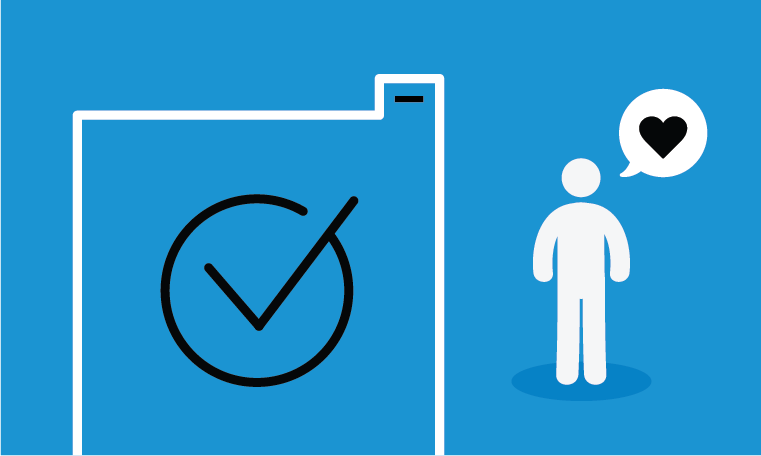Customer insights and feedback sit at the helm of your marketing and product strategies. They educate about how customers think, their backgrounds, buying behavior, and preferences.
In fact, businesses that leverage customer behavior to extract customer insights outperform their competitors by 85% in sales growth.
If used correctly, client feedback data can help you create a positive customer experience, improve product development, and boost conversions.
But not every business can afford a dedicated market research study that cost thousands of dollars and extensive time to collect customer insights. Then there’s the debate about the need for such arduous efforts, especially for small businesses.
So, is there some way to gather user feedback regularly while keeping the cost in check?
Well! That’s the topic at hand today.
We will discuss targeted ways for setting up an effective customer feedback loop at your end.
Let’s begin with the basics. Then we will move towards ways to collect customer insights and strategies to channel them into different processes to deliver a satisfying customer experience.
What Are Customer Insights?
Customer insights are the data that provides an understanding of customer behavior, needs, preferences, and opinions gathered through various channels like surveys, feedback, social media, and sales data.
It helps businesses understand their customers better and make informed decisions about product development, marketing strategies, customer service, and experience design.
For instance, a restaurant may collect customer feedback to understand what dishes are popular and what improvements they can make to the menu.
In the same way, an e-commerce website can analyze customer browsing and purchase data to personalize product recommendations and improve the user experience.
Using customer insights to map and optimize the customer journey can provide a competitive advantage to your business by staying relevant and responsive to customers’ evolving needs.
Why Is Collecting Customer Insights so Important?
Of course, you aren’t convinced just yet about why you should even bother collecting customer insights, so we thought it’s better to let its benefits convince you otherwise.
Improves Customer Journey
The whole process of the customer journey benefits a lot from the client’s insights. These insights help explore any gaps and find out what works best in improving customer experience.
Customer insights are crucial at every stage of the customer journey. For instance, if your target audience doesn’t know about your brand yet, you can still collect insights and analyze and use them to your benefit.
Let’s look at an example to understand this better. A multi-billion dollar online home goods retailer, Wayfair, once conducted customer insight research and explored the data. Soon, they realized they needed to work on their customer experience.
For this, they created an app that allows users to take pictures of the things customers like and share them on the platform to send them recommendations.
So, with the initial customer insights, they not only improved customer experience, but the app is now also a source of customer insights such as customer behavior.
Must Read: 25 Best Customer Experience Management Software
Promoters Personalization of Marketing
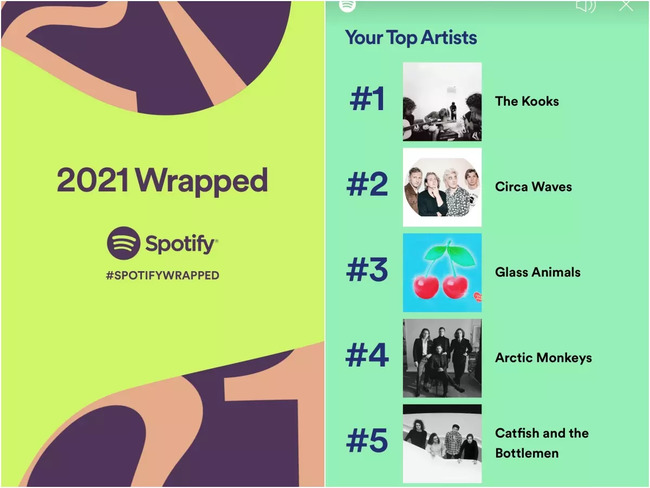
Mass marketing is not a smart strategy anymore for companies. Personalization has become a norm and needs for customers, so personalized marketing is the natural strategy.
And for personalized marketing, you need customer insights. These insights will tell you which products are customers’ favorites and why. You can use these insights to update your buyer personas and create tailored strategies to see better results.
One fantastic example of personalized marketing is Spotify’s ‘Wrapped’ annual marketing campaign. Spotify sends ‘Wrapped’ as a campaign to its users with the personalized music preferences of each customer for a whole year.
It runs this campaign at the end of every year. It mentions most played songs by each user, their top artists, and the total minutes they spend listening to songs. It’s like a complete year-end music summary of each user, which is interesting.
Boosts Brand Development
Brand development and customer experience go hand in hand. If the customers cannot connect to your brand, your brand development will not flourish as you want.
You need to have a brand image that customers can relate to emotionally so that they don’t just see your company as an enterprise offering products but more than that.
For this, using client insights to explore what moves them, what social issues they are concerned with, and so on will help you build your brand in the right direction.
Assists in Inventory Planning
Customer behavior tells you more than any sales number could. Besides using sales for inventory planning, use customer behavior to explore why and when they purchase products, their motivations, and such insights will prepare you for better inventory management.
Identifies Context Behind Customer Churn
One of the most frustrating scenarios for any business is having a high customer churn rate without any idea why it’s happening. If you don’t know what’s causing customers to churn, you cannot stop the churn rate from increasing.
Customer insights (especially in-context insights) allow businesses to understand what issues customers face, the kind of experience they have with your brand, and what areas need work to offer a good customer experience.
Prepares You to Break into New Markets
The only way to break into a new market and emerge successfully is when you have an accurate idea of what your potential customers are like, their preferences, shopping behavior, and other environmental factors.
By performing user research and market research surveys, you can collect rich, unfiltered, and genuine customer feedback on which you can base your strategies to make your brand a success in the new market.
Here are a few questions you can ask:
To Segment the Target Market
- Please specify your age.
- Please specify your gender.
- What is your job title?
- What is your annual income?
- How do you shop online?
- How do you do your Holiday shopping?
To Gauge Brand Awareness
- [Your brand name] Have you heard of the brand before?
- How did you hear about us?
- Would you recommend [your brand name] to others based on its current features and attributes?
- Have you seen this brand’s advertisements?
{Bonus read: 100+ Market Research Questions to Ask Your Customers}
Nothing is better than a real-life example to understand something. So, let’s look at a case study of logistics company Lalamove and see how it used market research surveys to understand new markets through client insights.
Case Study: Lalamove

Lalamove is an Asian logistics organization that specializes in intra-city deliveries. Their operations are spread across 110 cities in Asia, making market and customer insights research indispensable components for their business strategies.
The teams at Lalamove conduct surveys in the markets they plan to enter to understand the customer challenges and wants so that they can provide tailored solutions. They constantly use customer sentiment data to keep their strategies on the right track and offer an impeccable customer experience.
If you want to look more into how they do it, you can check it out here.
Consumer Insights vs. Market Research
Market research and key consumer insights are two branches of the same tree. They have subtle differences that you should be clear about to utilize the data at your disposal.
In brief, market research:
- deals with gathering information about customers and the markets
- focuses on the market sizes, needs, and competitors
- delivers all the data in the form of statistics
On the other hand, customer insights:
- focuses more on delivering the context behind the statistics
- tells you why customers are behaving a certain way.
{Bonus read: 12 Best Market Research Tools}
Types of Customer Insights
So far, we’ve discussed how imperative customer insights are for any business. Besides the general customer feedback you collect from analyzing social media, surveys on websites and apps, there are so many distinctions in the insights that it’s better if you know the types and how you can use them to your advantage.
So, let’s start.
- Sales Trend
Sales trends are the behavior patterns customers show throughout the sales funnel. For instance, when customers interact with your business, you can analyze how often they ask for certain products, which features they excitedly inquire about.
These inquiries can hint towards their preferences which you can use to update and promote those features and products or even create new ones.
Make sure to analyze sales trends, and you will find gold in the form of data. Doing so will help you predict demand spikes/drops, identify products with high/low demand, and so on.
- Product and Process Data
Interaction through customer support is essential in collecting valuable customer insight data. Customers interact with the support personnel regarding some issues they may be facing with your products, services, etc.
Doing so, they unknowingly provide crucial feedback that you should take as a rich source of information as a company.
By analyzing this feedback, you can find areas to improve your products or processes.
- Socio-Demographics
Another type of customer insight is socio-demographic information. You can collect this information through initial surveys on your website or social media. They provide the information they become a lead or your customer and interact with your brand through various touchpoints in the customer journey.
This kind of customer insight data answers questions like “What age groups are more attracted to the product/service,” “What are the types of demographics you have as your customers?” and so on.
- Personal Interest and Lifestyle
This type of customer insight is on the more personal level of customers. It’s about the kind of lifestyle they lead, which may affect their buying decisions, power, and preferences.
Keeping track of such insights will allow you to target these demographics effectively with tailored strategies.
Read Also: Best Customer Feedback Tools
FREE. All Features. FOREVER!
Try our Forever FREE account with all premium features!
Inspiring Real-Life Customer Insight Examples
With the theory under our belt, let’s move towards the real world and how brands have used customer insights to achieve their goals and more.
Nike
Nike implemented a masterstroke of a marketing campaign called “Find Your Greatness,” where the brand promoted aspirations of being an athlete with ordinary people (regardless of their physical capabilities) and high-performing athletes.
The Insights: Nike found out that most of their user base consists of aspirational athletes who want to have a career in sports. So, the brand encouraged them to achieve their personal greatness.
Netflix
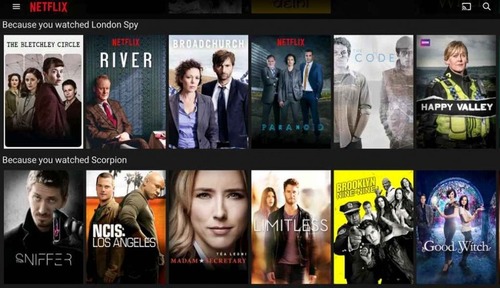
Netflix is a leading on-demand video streaming platform offering binge-worthy content. Besides the addictive content, Netflix’s ability to use customer insights to drive its branding, pricing, delivery, content, and user experience made the platform what it is today.
For example, Netflix uses individual customer insights to offer personalized recommendations. For example, if a customer watches content from a particular genre, Netflix will recommend more content that matches their taste.
What is a Customer Insights Strategy?
A customer insight strategy is a method that allows you to effectively engage and communicate with your target audience and customers and offer them relevant, innovative solutions, content, and services.
Every organization has a customer insight strategy tailored for their business and is unique in its way. Even then, the goal of every strategy is the same – To understand the customers deeply to create a customer-centric and conscious brand.
How to Develop a Customer Insights Strategy?
Now that you have a glimpse of real-world customer insight examples of how a robust customer insight strategy can help you achieve, it’s time for you to create your own.
We have covered everything that you need to do in steps. So, shall we dive in?
Step 1: Identify Who Are Important to a Good Strategy
Before starting anything, you need to figure out all the parties that are a part or should be a part of the strategy and how they can affect the end result.
Are they stakeholders, customers, focus groups, other team members from different departments, etc.? Once you have this figured out, you will establish streamlined communication to keep the positive inflow of feedback and ideas.
Step 2: Find Answers to These Important Questions
Once you establish the people who will be a part of the strategy, it’s time to sit with them and explore the three Ws – Why, When, and What and answer these six questions.
Why:
Question 1: What is the objective/purpose of creating a customer insight strategy?
Question 2: What is your main goal with this?
If you are doing something, it should be for the right reasons. If you cannot find a genuine reason to start this process, you shouldn’t start at all.
When:
Question 1: When are you planning to start the process? What is the timeline you are considering to complete the project?
Of course, the final timeline may differ from the one you created initially, but it is crucial to do so.
Creating a project timeline will allow you to estimate factors such as resources needed during the process, risk evaluation, and other customer trend predictions that may or may not explicitly affect your strategy development process.
Additionally, you need to keep the stakeholders updated along the way, so a timeline helps them get an idea about the progress of the process.
What:
Question 1: What kind of data do you want to collect and analyze?
Question 2: How will you measure it?
Question 3: What are the limitations and obstacles you are or may face?
Every business faces certain limitations and issues during all processes. Although it may not be possible to avoid these hiccups entirely, you can certainly minimize the damage by anticipating them and making preparations for the inevitable.
Another point is the data you want to analyze. As we discussed above, there are many types of customer insights. You can choose to focus on one or more data types simultaneously depending on the insights you deem most relevant to you at the time.
For instance, if you think you need to dive deeper into the demographic insights of your customers, you can create surveys and analyze the responses using advanced customer insight analytics to create personas.
These customer personas will allow you to create tailored customer journeys for different customer segments.
Here are a few examples of demographic surveys.
Example 1: Exploring ethnicity
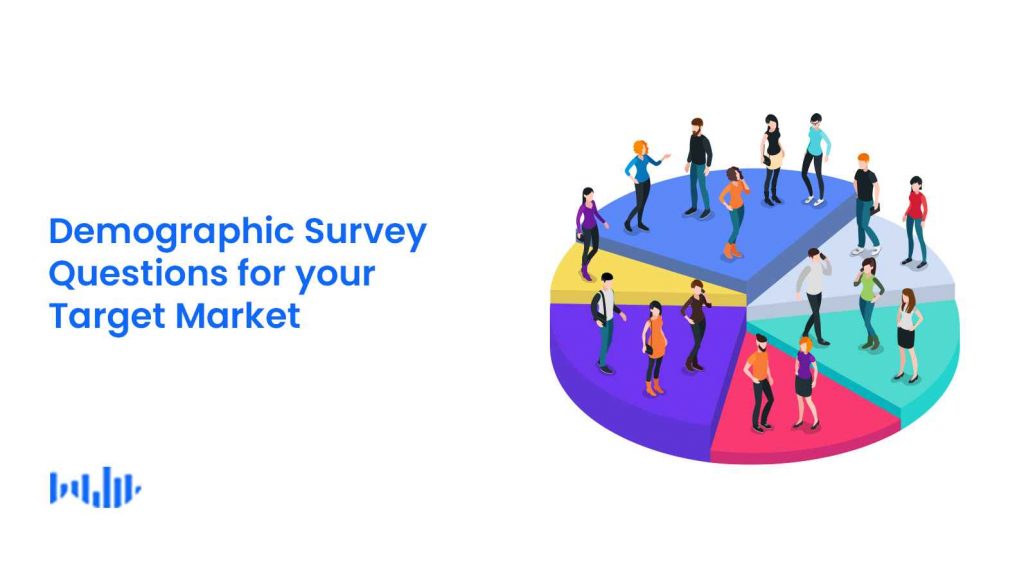
Example 2: Identifying the profession
For this, you can use customer insight software like Qualaroo. It offers different survey templates to choose from and comes with advanced analytics with targeting and filtering options.
Again, you can track many things, such as:
- Website traffic
- User online behavior
- Conversion rate Optimization
- Opinions, and much more.
Who:
Question 1: Who is this strategy for?
Question 2: Who are you targeting: existing customers, specific demographic, potential leads, or a specific customer segment?
Your targets will determine your end goal and what you want to achieve with your robust consumer insights strategy.
Must Read: 50 Best Lead Generation Tools For Your Business
Step 3: Devise a Customer Journey Map
At this stage, when you have your team and your purpose clear, start working on creating a tentative customer journey map.
Of course, you will make a detailed journey map later in the process, but you need to have one while creating a customer insight strategy. It will help you align your actions with the ultimate goal you want to achieve.
This is how a customer journey map looks like:
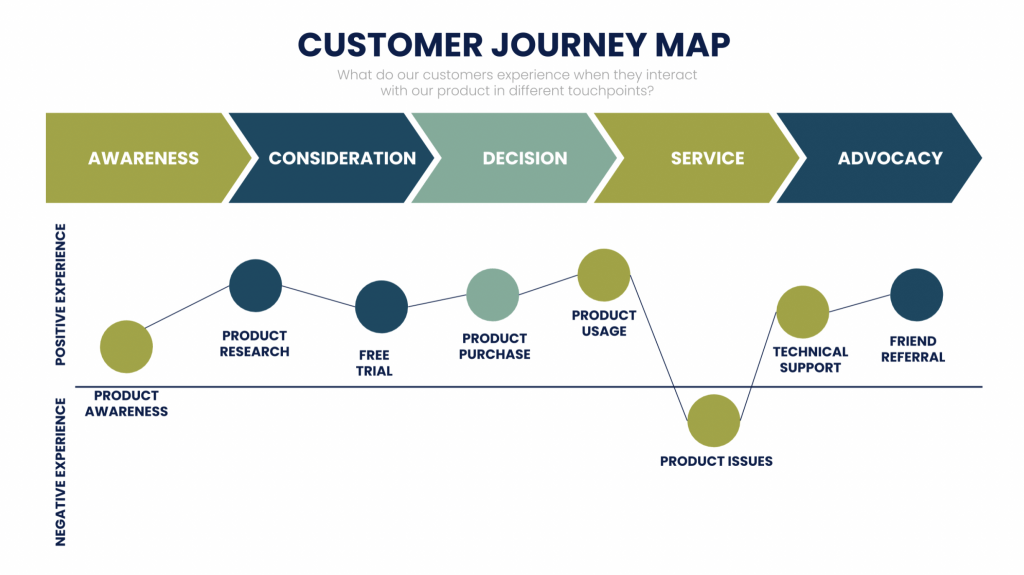
You can use this template to create your customer journey map and while doing so, ask yourself these following questions:
- What are the ways customers start their journey?
- What does their first impression look like?
- What touchpoints will they come across in the first few days, weeks, months, etc.?
- What is the last touchpoint of the journey, and where do they end?
- Do you have one or require multiple customer journeys?
You can measure the difference at the beginning and the end of the journey so you can fill in any gaps in your customer insight strategy.
Once you understand the next steps for your customers in the journey, you can strategize and find the perfect touchpoints to collect desired insights.
Step 4: Create Customer Insight Surveys
Now that you have a way to know the key touchpoints where you should ask for customer feedback and collect insights, it’s time to prepare the deliverable that will help you do the same.
You can create one long-form survey or add pop-up surveys throughout the customer journey to collect in-context feedback during different stages of the customer journey.
There are other decisions you need to make of similar nature. For example, if you want to perform research via interviews, focus groups, or stick to the online feedback collection via in-app and on-site surveys.
All these decisions also depend on your customers’ level of engagement and the nature of your product/service.
Suppose you think your offering plays a considerable part in the life of customers and affects them on a day-to-day basis. In that case, you should go for more detailed and personal methods of collecting feedback such as focus groups, one-on-one interviews, and long-form surveys.
If your product is essential for customers, they will take their time out and answer your long-form surveys and participate in other activities. To maintain and enhance customer engagement, you can use different tactics to offer monetary benefits through gift cards, vouchers, and more.
For example, tools such as Picreel help you create pop-ups offering monetary benefits to your website visitors to increase engagement and response rate on your surveys.
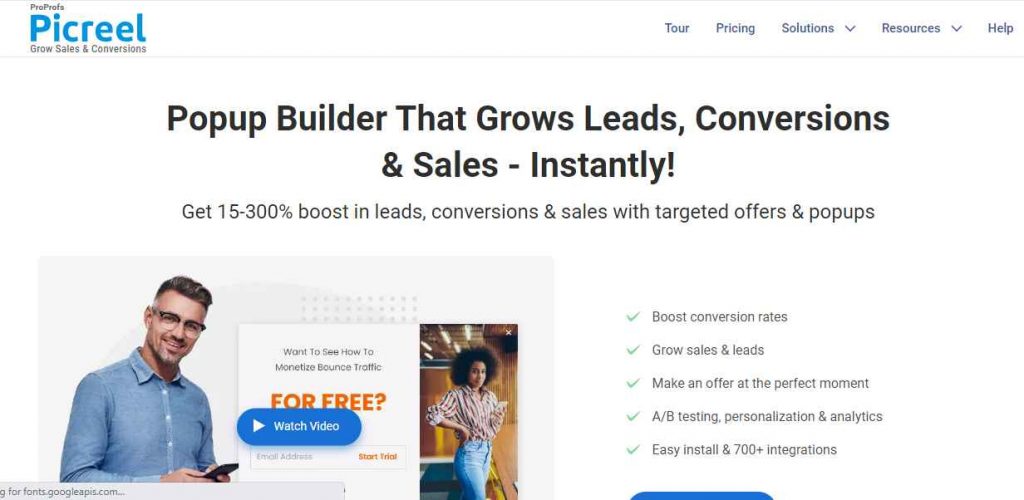
Step 5: Select the Customer Insight Tools You Will Use
Until and unless you are required to create a complex customer insights strategy that would need a dedicated customer insights platform, you can just add a few helpful customer insight tools to your existing tech stack.
To help you shortlist the best customer insight tools, we have dedicated this next section to a list of the top 6 tools you can choose from.
Top 6 Tools to Use for Customer Insights
Each tool fulfills a different purpose in your strategy, like Qualaroo provides contextual insights via surveys, while Google Analytics helps to map customer behavior on your website.
You can choose one or more tools according to your business needs. Let’s look at each and what features will assist you with your strategy:
Qualaroo
Qualaroo is a customer experience and feedback software that lets businesses collect in-context and actionable customer insights.
You can deploy the survey Nudges on your website, app, or product to collect contextual written feedback for qualitative and quantitative insights.
Here’s how Qualaroo helps in gathering valuable insights:
- Lets you create pop-up surveys using professionally-designed templates within minutes.
- Enables you to create several types of surveys like Net Promoter Score, Customer Satisfaction Surveys, Customer Effort Score Surveys, and Exit-intent surveys.
- Comes with advanced survey targeting and branching logic, so you ask the right people at the right time.
- Offers sentiment analysis using IBM-Watson so you can evaluate quantitative data and drive qualitative insights out of it.
- You can launch surveys on your whole website, sub-domains, mobile apps, and even prototypes to collect diverse feedback.
Bonus read: 10 Best Exit-Intent Pop-Up Tools to Increase Customer Retention
Google Analytics
Google Analytics is an excellent and essential customer insight analysis tool for every business. It does everything for your website, from tracking traffic and segmenting customer demographics to showing customer churn and bounce rates; the list is endless.
Here are some of the remarkable features that make it an ideal tool for collecting customer insights:
- Goal Funnel feature tracks customers that go through the purchase process and is very useful for retail sites and marketers. You can set up a list of URLs that customers click when they make a purchase or complete a goal, and Goal Funnel will track the number of customers clicked.
- Tells you how many abandoned the purchase at a specific stage. Such insights tell you whether there is something in your checkout process and strategies that you need to revise and improve.
- Audience Reports: These reports provide insights into the demographics, interests, behavior, and engagement of your website visitors.
Must Read: Top 30 Website Feedback Tools list
YouTube Analytics
YouTube Analytics is yet another powerful customer insight analysis tool that allows businesses to gain valuable insights into their audience and the performance of their YouTube videos. Here are some key ways that YouTube Analytics can help businesses collect customer insights:
- Provides detailed information on the age, gender, and location of your viewers. It can help you better understand your audience and tailor your content to their interests.
- Shows how long viewers are watching your videos and at what point they are dropping off to help identify which parts of your videos are engaging and which may need improvement.
- Tells you how users find your content.
- Tracks metrics such as likes, dislikes, comments, and shares to give you a sense of how viewers interact with your videos.
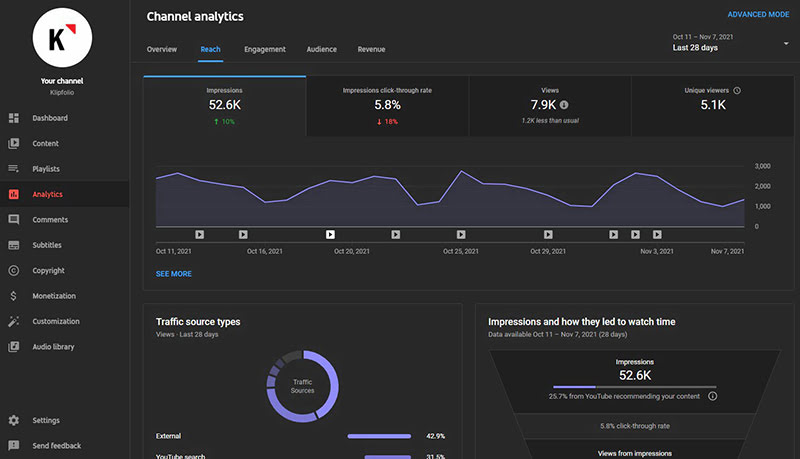
Google Surveys
Another tool you can use is Google surveys, which offers focus groups. You can submit your questions, and Google shows them to the relevant audience for only 10 cents per response.
You can specify the type of data you want, such as age, gender, income, geographical location, etc., and it will collect relevant responses.
- Create customized surveys to ask specific questions to their target audience.
- Provides quick results, enabling businesses to make data-driven decisions in real time.
- Offers mobile-friendly surveys.
Google Trends
As the name suggests, Google trends show what people are most interested in by analyzing the keywords used. As more people search a keyword, Google Trends tracks those keywords for metrics, such as how many views the keyword has.
- Helps compare the search volume of multiple keywords, enabling them to identify which keywords are most popular and gaining traction.
- Provides geographic data on search queries, showing where search queries are coming from and which locations are most interested in a particular topic.
- Helps compare search volume data over different periods, such as daily, weekly, monthly, or yearly, providing insights into the seasonality of search behavior.
Facebook Audience Insights
Facebook is a major social media platform that is a crucial tool for businesses. But behind the curtains, it has many features that can benefit businesses besides providing a global exposure platform.
- Shows the interests and hobbies, and behavior of Facebook users, enabling businesses to identify areas of interest for their target audience, their purchasing behavior, and more.
- Lets businesses create custom audience segments based on the existing customer data to target their ads more effectively to their target audience.
FREE. All Features. FOREVER!
Try our Forever FREE account with all premium features!
Use Customer Insights to Lead Your Business to the Top
Customer insights are essential for any business looking to stay ahead of the competition and succeed in today’s fast-paced market.
By leveraging the feedback data, you can get a clear view of customers’ needs and issues for improved customer satisfaction, customer loyalty, and, ultimately, greater success.
With the right insights, you can position yourself as the ideal solution for customers’ needs. If you listen to the voice of your customers, closely analyze what your customer wants, and iterate ideas based on consumer insights, you’ll eventually corner the ever-evolving market.
And it all starts with a feature-rich customer insight tool that lets you target your customers without interrupting their customer experience. Once you have the support of a trusted tool, devising and implementing a robust customer insight strategy will become easier.
So use the tips from this blog to collect and leverage customer insights into delivering a seamless experience to your prospects and customers.
Frequently Asked Questions:
How do you define customer insight?
Customer insight is the data about customers, such as their behavior patterns, personal information, preferences, buying history, etc. Any data procured through customer feedback or analytics is known as customer insights.
Which is the most important factor of customer insight?
Setting a goal is one of the most critical factors of customer insight. Once that’s done, you need to find out where the customer insight data comes from, how you’ll collect and analyze it, and what’s the quality of that data.
How do you use customer insight?
Businesses across the world use customer insights for various purposes. For instance, Netflix uses customer insights to create pricing, marketing, and personalized content recommendations.
You can use customer data insights to improve processes, increase customer satisfaction, resolve customer issues to reduce bounce and churn rates, create bespoke products/solutions for customers, and much more.
What are the elements of customer insights?
There are four crucial customer insights elements:
- Consumer research
- Database marketing
- Data quality
- Analytics team
 Tips
Tips
We’d love to hear your tips & suggestions on this article!
FREE. All Features. FOREVER!
Try our Forever FREE account with all premium features!

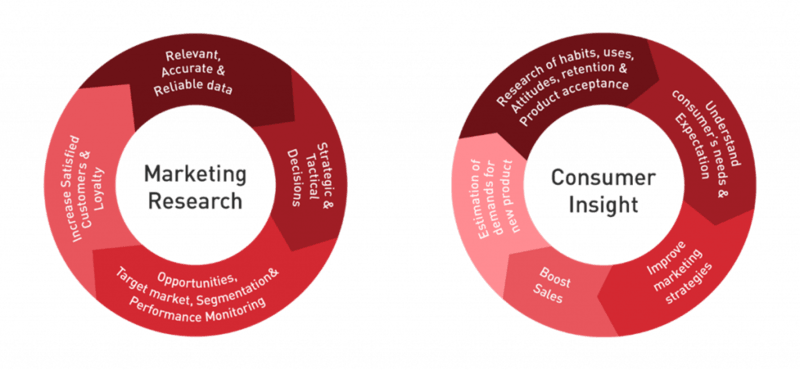
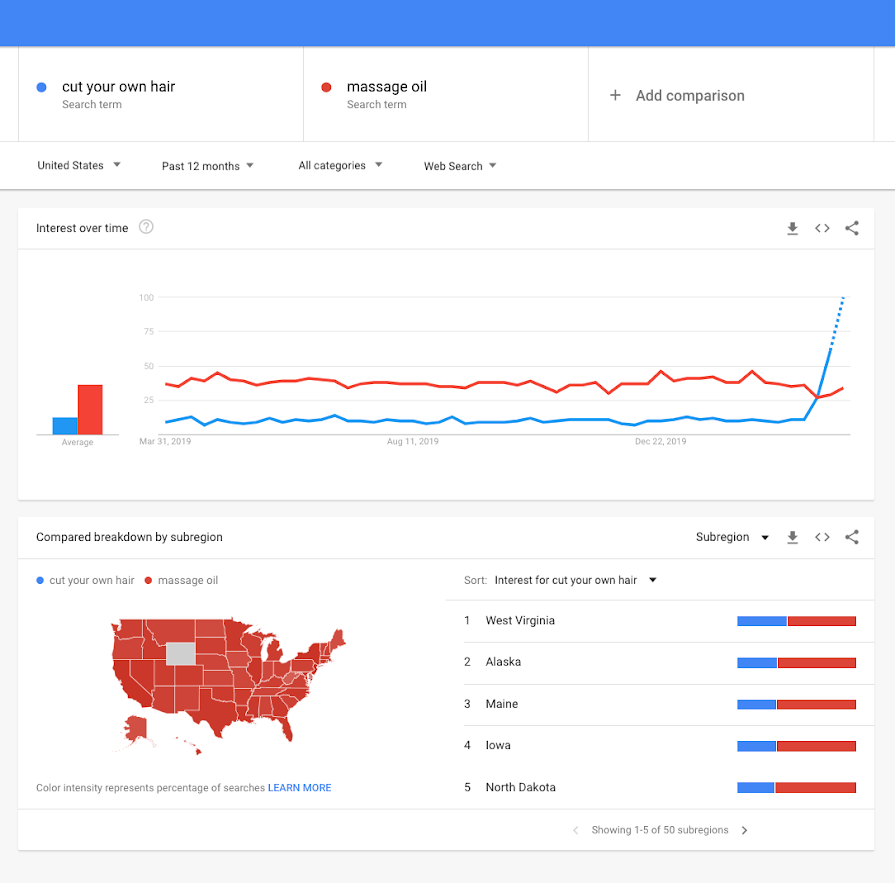
 We'd love your feedback!
We'd love your feedback! Thanks for your feedback!
Thanks for your feedback!







